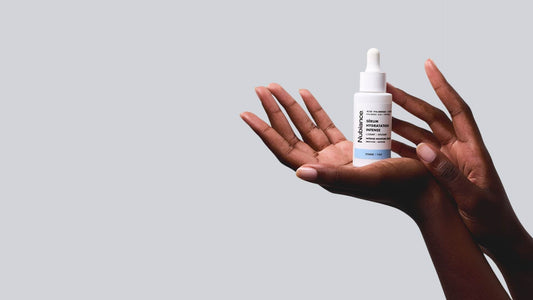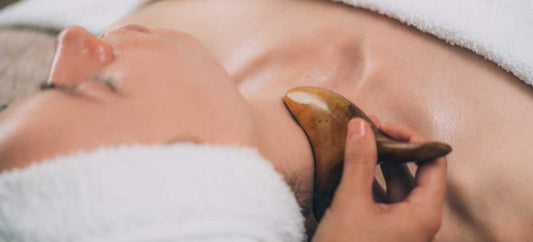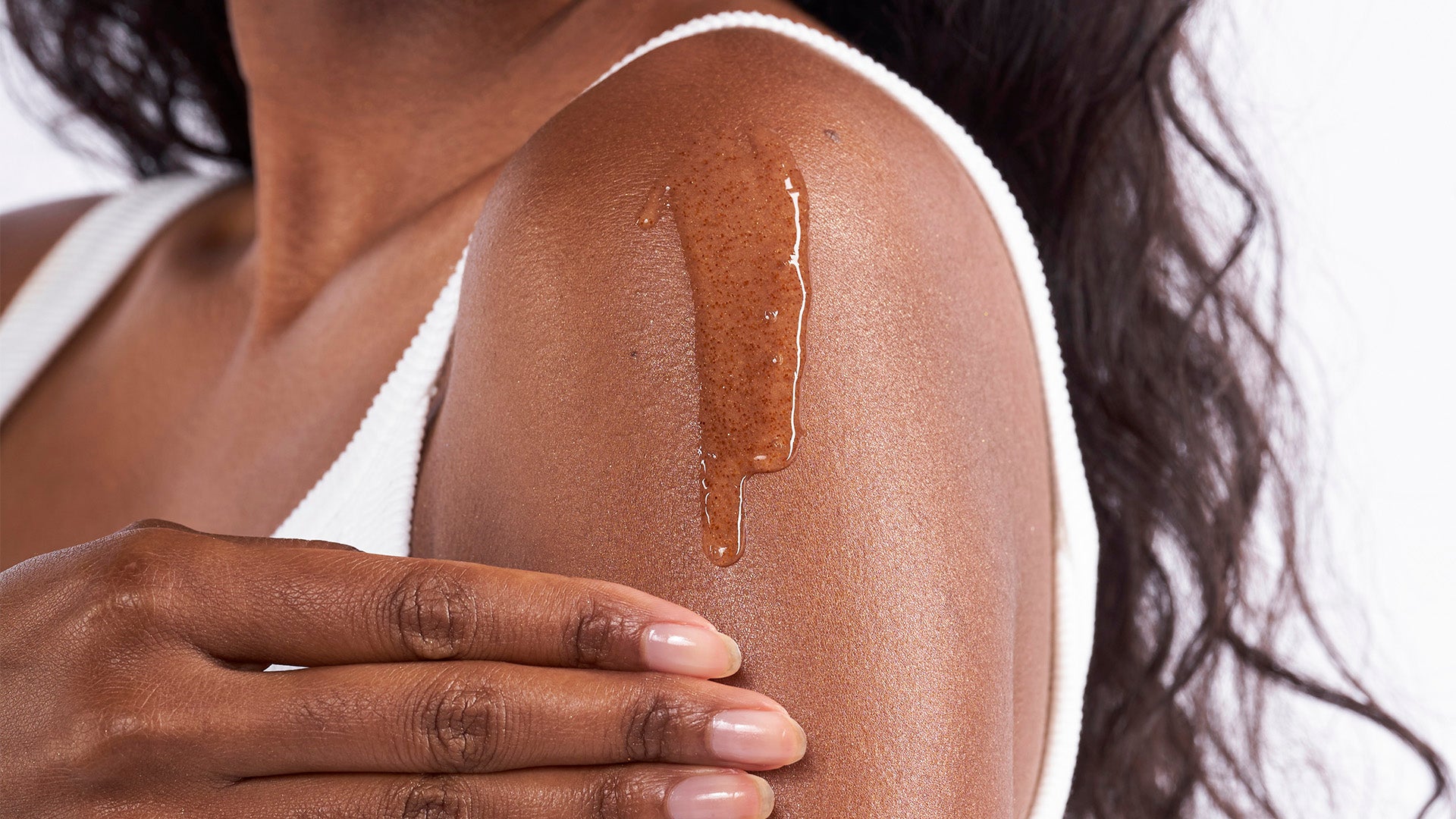
The 3 types of acne scars (and how to treat them?)
Partager
There are several types of acne: retentional acne, inflammatory acne and hormonal acne. But what is certain is that all these pimples always leave unsightly scars, especially if you do not treat them in time. In some serious forms, these comedones can cause lesions and the traces left will also be more important. Fortunately, there are effective treatments to reduce and erase them completely.
What are the different types of acne scars?
80% of people in France are affected by acne. These pimples most often appear on the face causing real discomfort in the victim. You should avoid crushing or piercing these pimples at the risk of causing lesions and deeper scars . Moreover, it is strongly recommended to consult a dermatologist who will be able to prescribe adequate treatments against these blackheads.
If acne is not taken care of properly, it leaves atrophic scars of varying sizes and depths. They can generally be seen on the cheeks, forehead and chin, in the form of:
- Ice pick: the scars are deep and narrow.
- U or cupuliform: the scars are wide, but less deep than those in the shape of an ice pick. They look like small craters and make the skin look a bit pockmarked.
- Quadrangular: the scars are very wide with a frank border. They give a puffy and fibrous appearance to the skin.
The scars left by acne can appear as an area of depigmentation or hyperpigmentation , with or without relief modification.

What are the therapeutic solutions for acne scars?
The first thing to do is to have a medical consultation to determine the appropriate treatment based on your skin type , characteristics and extent of scarring. Several techniques can be used to overcome these traces left on the face: mechanical or chemical treatment, surgery and laser.
-
Peeling or chemical dermabrasion
This treatment consists of applying a cream to the scars and taking vitamin A for several weeks before the operation. Then, the superficial layers of the skin, including the epidermis and the superficial dermis, are removed with fruit acid or other abrasive substances.
It should be noted that this intervention can be painful. This is why painkillers are often used or in extreme cases, local or general anesthesia. A single session is enough to eliminate scars, but you have to wait a few months to see the results. It is not necessary to resort to other cosmetic procedures. Especially since you must let the skin stabilize before using any product.
-
Mechanical dermabrasion
The objective is the same as with the peeling where the technique consists in removing the surface layers of the skin with the scars. For this, the doctor uses an electric rotary bur that has a rough surface by controlling the level of abrasion with the pressure and speed of the device.
-
Thermal dermabrasion
Thermal dermabrasion or the use of laser is an ablative treatment used in two different cases. You can use it after surgery to smooth out residual scars or as a first-line treatment to erase flat scars. This treatment can be used for both hyperpigmented and depigmented scars.
-
Surgical treatments
Surgical treatment is prescribed for all 3 types of acne scars.
Ice pick scars
If you have ice-pick scars with fine but deep lesions, the doctor may do excisional surgery. The purpose of this intervention under local anesthesia is to restore the hollow scars that affect the entire dermis to the same level as the cutaneous plane.
A technique of excision by drilling or coring with a round scalpel is used to eliminate scar depressions. This surgery requires several sessions to give the skin time to stabilize between each procedure. This limits the number of sutures. Finally, it is recommended to use the laser after the last session to erase irregularities and reshape the skin.
U-shaped scars
To cut out U-shaped scars that are less marked and shallow, the doctor uses a needle with a scalpel-shaped tip. A small hematoma then forms to fill and reduce the scar. If these are more important, it is necessary to carry out a self-transplantation of adipose tissue to fill them. Otherwise, doctors also recommend fractional laser treatment.
quadrangular scars
If you have quadrangular scars that are very wide and deep, excision surgery is a must. Afterwards, the bottom of the scar must be raised by self-transplantation of adipose tissue or by dermal grafting. Several sessions are necessary to completely fill the hollow scars.
What other solutions can be put in place to reduce acne scars?
If the skin is healthy, you can also use dermocosmetic treatments. At Nubiance, we offer treatments to treat acne and prevent the formation of unsightly scars. Thanks to our anti-blemish range , made up of high-tolerance micellar water, a soap-free cleansing gel, an exfoliating gel and an intense care cream, you can get rid of your acne in a very short time. of time.





